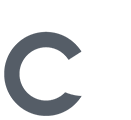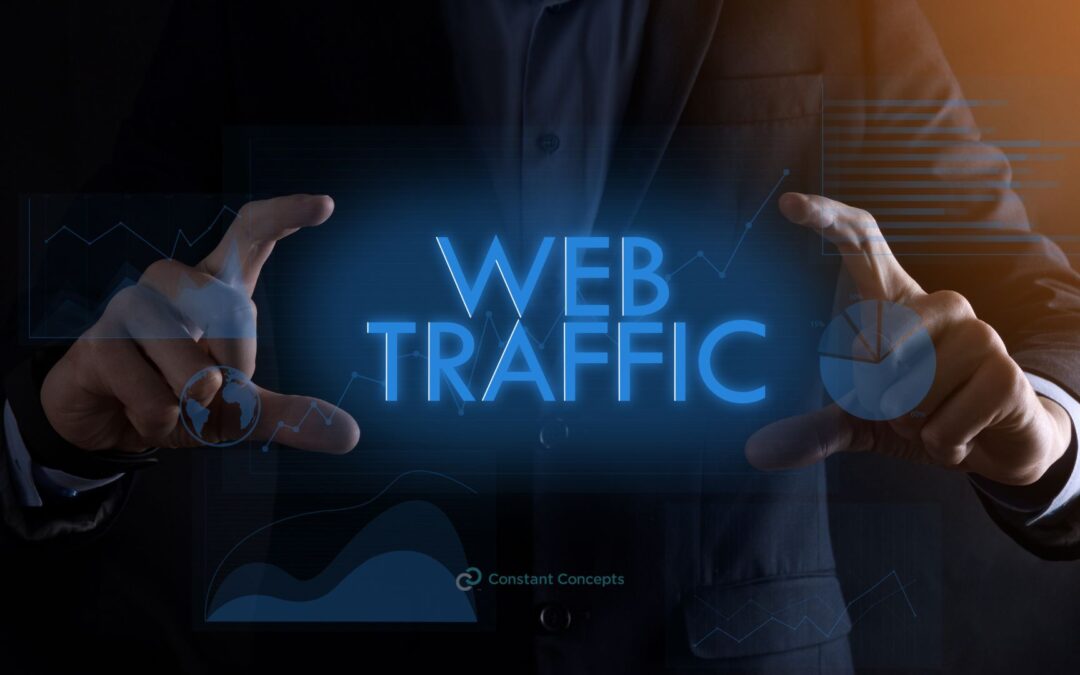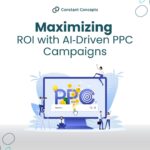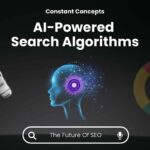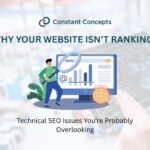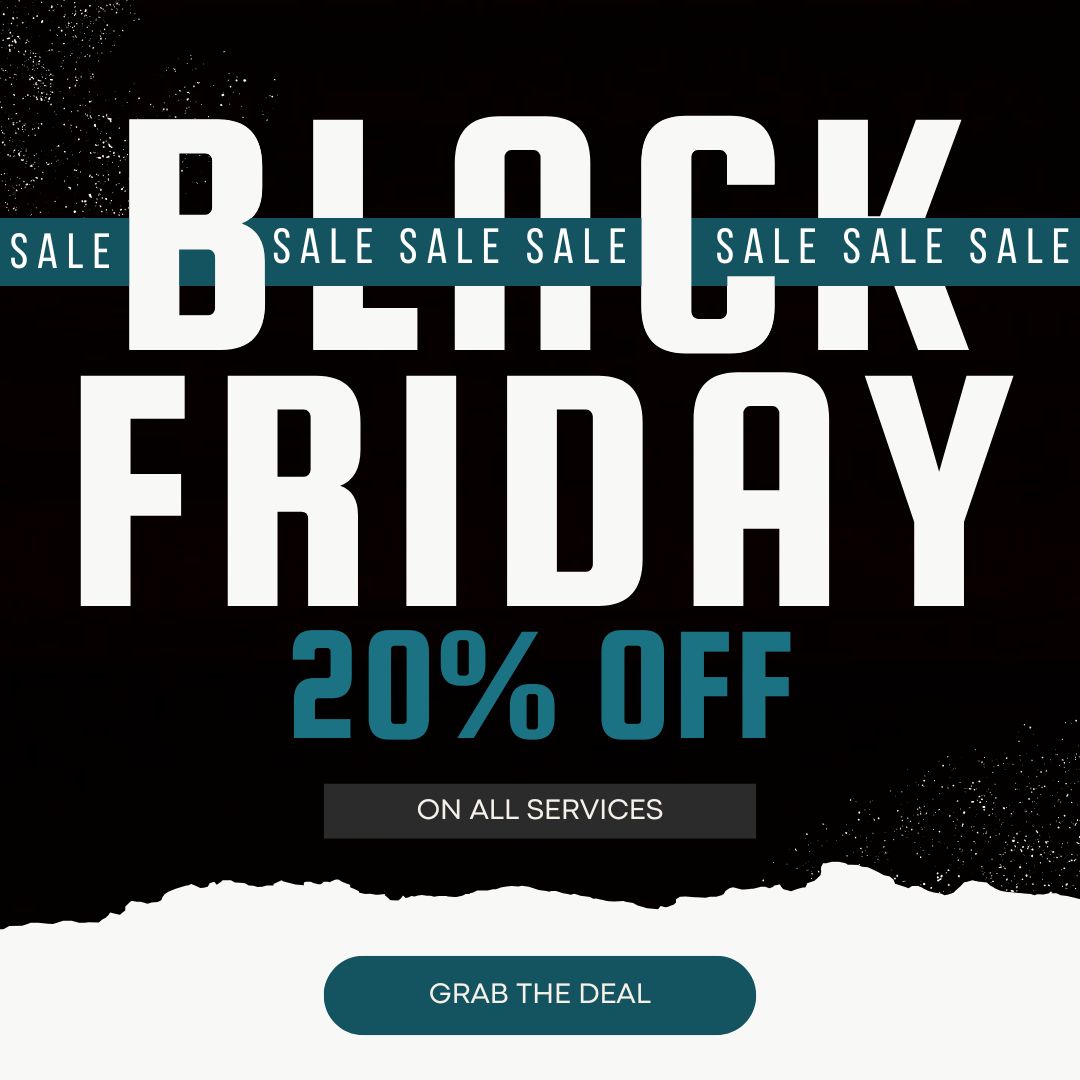SEO and Google Ads are powerful tools that, when integrated, create a comprehensive strategy to drive traffic and increase conversions.
SEO focuses on optimizing your website for organic search results, improving rankings over time. On the other hand, Google Ads provides immediate visibility through paid advertising, targeting specific keywords and audiences.
By combining these approaches, you can maximize your online presence across both organic and paid channels. Here’s a detailed guide on how to leverage both effectively:
Keyword Discovery
Google Ads campaigns generate valuable data about which keywords drive traffic and conversions. This data can be leveraged to discover new keywords for your SEO strategy.
Example: You run Google Ads for a campaign targeting “Scottsdale event planning.” Over time, you notice that “Scottsdale corporate event planner” and “best event venues in Scottsdale” are high-performing keywords in terms of clicks and conversions. These insights can inform your SEO strategy, leading you to create blog posts, landing pages, and other content that target these keywords organically. This not only enhances your paid search efforts but also strengthens your organic search presence by incorporating proven high-conversion keywords.
Balanced Budget
SEO and Google Ads each have their strengths and costs. While SEO is cost-effective in the long run, it can take time to see results. Google Ads, on the other hand, provide immediate visibility but require ongoing investment.
Example: Allocate a portion of your budget to Google Ads for immediate traffic, especially for new product launches or promotions. Simultaneously, invest in SEO to build a strong organic presence over time. This balanced approach ensures a steady flow of traffic without over-relying on either strategy.
Quality Content
High-quality content is crucial for both SEO and Google Ads. Google’s ranking systems reward content that demonstrates expertise, experience, authoritativeness, and trustworthiness (E-E-A-T).
Example: Create blog posts, guides, and videos that answer common customer questions and provide valuable insights. For instance, if you run a wedding photography business, you could create content about “Top 10 Tips for Choosing the Perfect Wedding Photographer in Scottsdale.” Such content improves your SEO and enhances the relevance and quality of your Google Ads landing pages, leading to higher conversion rates.
Targeted Ads
Google Ads allow you to target specific demographics, locations, and interests, complementing your broader SEO strategy.
Example: If you operate a local business in Scottsdale, use Google Ads to target ads specifically to users within a 20-mile radius. Meanwhile, optimize your website for local SEO by including keywords like “Scottsdale” and creating content relevant to the local audience. This dual approach ensures your ads and organic listings reach the most relevant audience.
Analyze and Adjust
Regular analysis is essential to refine your strategies. Use analytics from both your SEO and Google Ads campaigns to understand what drives traffic and conversions.
Example: If you notice that certain blog posts are attracting a lot of organic traffic, consider creating Google Ads that link to these posts. Conversely, if a Google Ads campaign is performing well, analyze the landing page to identify elements that could be replicated across your site for better SEO performance.
Landing Page Optimization
Your landing pages should be optimized for both user experience and SEO. A well-optimized landing page can improve your ad Quality Score and increase organic rankings.
Example: Ensure your landing pages load quickly, are mobile-friendly and have clear calls to action. If a visitor clicks on your Google Ad for “Scottsdale Wedding Photography Services,” they should land on a page that is visually appealing, easy to navigate and provides all the information they need to make a decision.
Local SEO and Ads
Combining local SEO with Google Local Service Ads can be particularly effective for businesses targeting local markets.
Example: Optimize your Google My Business listing, use location-based keywords, and encourage customer reviews. Pair this with Local Service Ads to ensure your business appears at the top of local search results. This strategy enhances your visibility and credibility within the local community.
Integrating SEO and Google Ads provides a holistic approach to driving traffic and conversions. By leveraging the strengths of both strategies, you can achieve immediate visibility while building a strong organic presence. Focus on quality content, keyword integration, and continuous optimization to maximize your results. Adhering to Google’s guidelines and prioritizing people-first content ensures your efforts are both effective and compliant.
Want expert guidance on maximizing your SEO and Google Ads strategy? Get in touch for a no-obligation consultation on optimizing your SEO and Google Ads!
